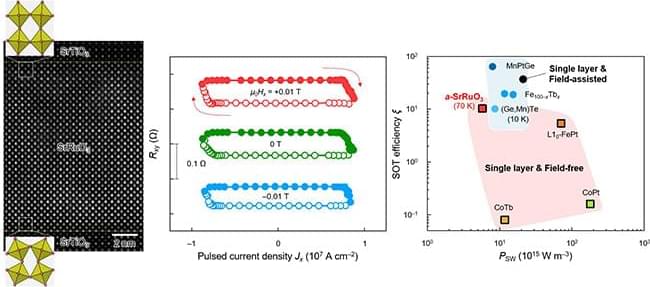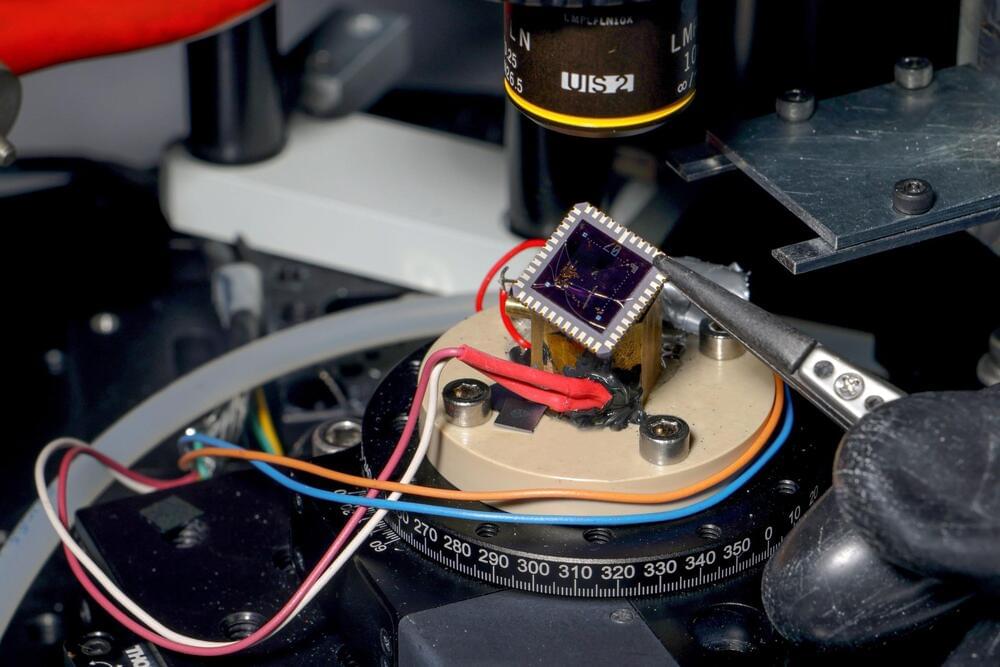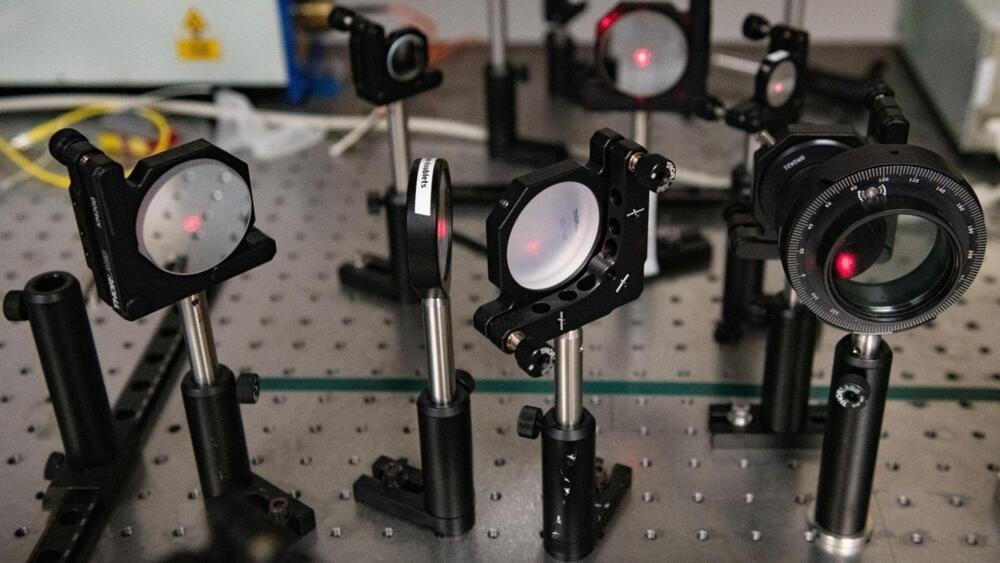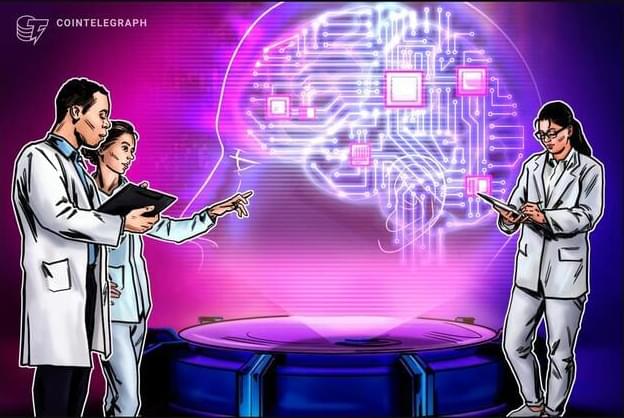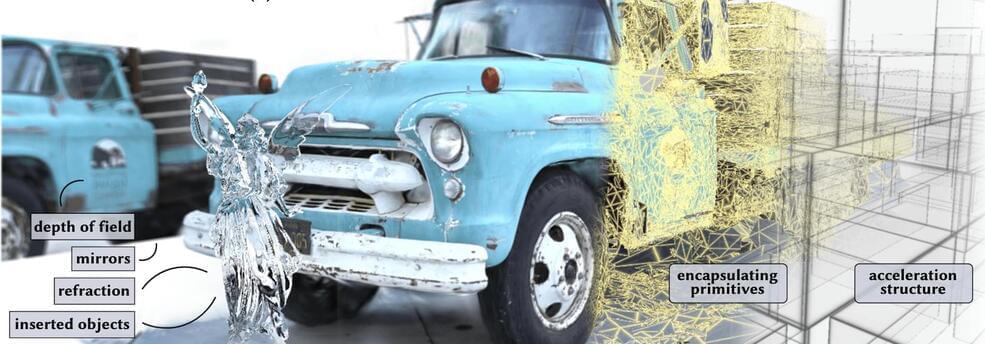Jul 11, 2024
Next-generation memory materials with atom-level control
Posted by Shubham Ghosh Roy in categories: computing, particle physics
Like the flutter of a butterfly’s wings, sometimes small and minute changes can lead to big and unexpected results and changes in our lives. Recently, a team of researchers at Pohang University of Science and Technology (POSTECH) made a very small change to develop a material called “spin-orbit torque (SOT),” which is a hot topic in next-generation DRAM memory.
This research team, led by Professor Daesu Lee and Yongjoo Jo, a PhD candidate, from the Department of Physics and Professor Si-Young Choi from the Department of Materials Science and Engineering at POSTECH, achieved highly efficient field-free (i.e. SOT magnetization switching that does not require the assistance of a magnetic field) SOT magnetization switching through atom-level control of composite oxides.
Their findings were recently published in Nano Letters (“Field-Free Spin–Orbit Torque Magnetization Switching in a Single-Phase Ferromagnetic and Spin Hall Oxide”).
